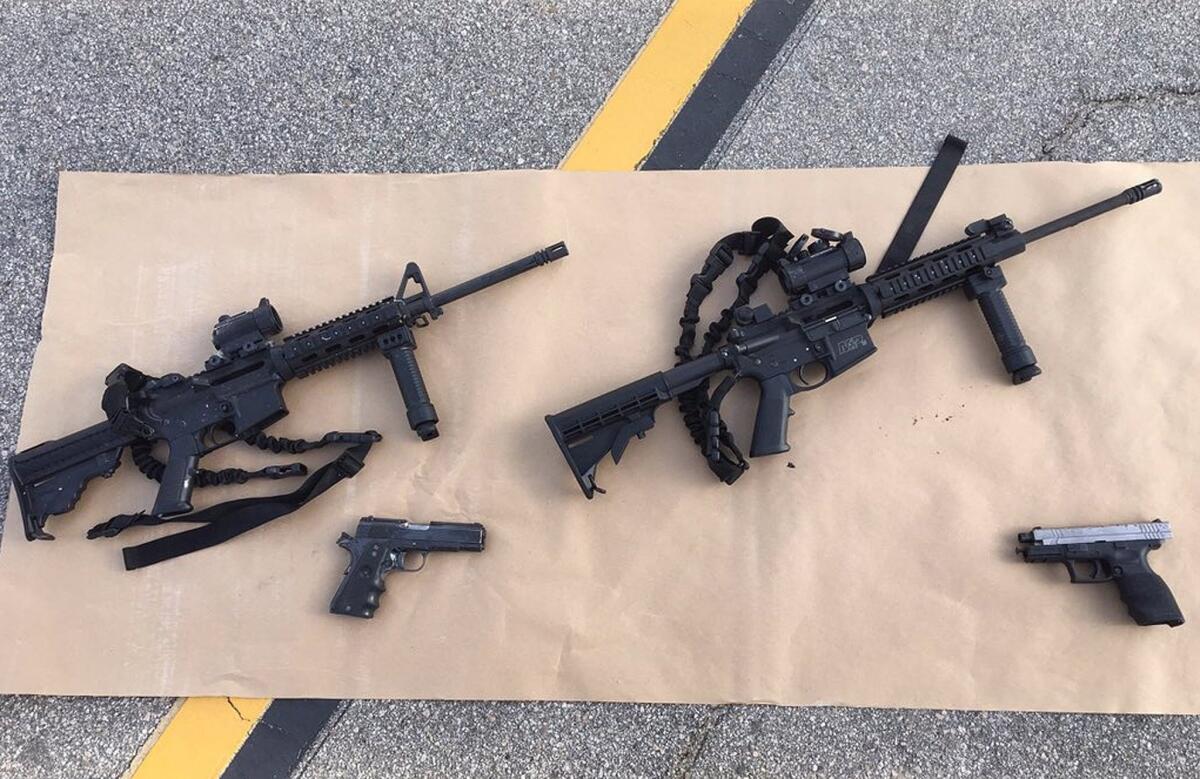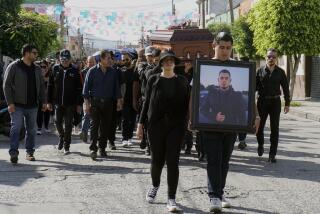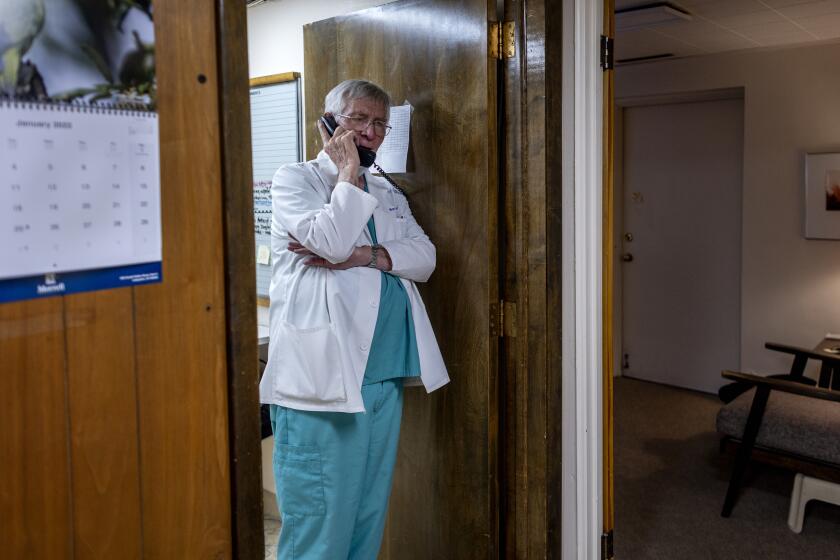Opinion: Mass killing vs. mass shooting debate misses the problem: Mass weaponry

This photo from the San Bernardino County Sheriff’s Department shows the weapons carried by the killers in the Dec. 2 San Bernardino mass shooting. All had been bought legally, though the rifles apparently had been illegally modified.
The aftermath of the San Bernardino massacre has included a side discussion over how many mass shootings occur in the U.S. each year. Is it about one a day? Has it been only a handful? And then we’re off chasing definitions about whether we should be counting killings or the number of people shot when we decide whether something reaches the “mass” threshold.
Which distracts from the crucial point. Whether people are killed, maimed or luckily missed altogether doesn’t alter the driving fact that someone or some people have acted out in violence, with a gun, and with murderous intent. That is the problem we need to focus on, not defining the scope of the atrocity based on the skill or luck of the shooter in killing the maximum number of people.
Once (guns) are off the shelf, they can wind up in anyone’s hands. And they do. Why do we make it so easy for that to happen?
That’s not to diminish the horrible tragedy that befell those killed and wounded last week, and their families and friends. Deaths, of course, do matter, as does the agony of those maimed by bullets, which lasts much longer than the nation’s attention span (the Washington Post’s Eli Saslow recently took a penetrating and painful look at the life of a survivor of the Oregon mass shooting in October).
But if the two San Bernardino shooters, in a bizarre flash of luck, had only wounded and not killed anyone last week, it would still have been an atrocious act of violence committed with a gun. Would the nation have paid less attention if the victims were only wounded and the catalyst wasn’t terror? Probably.
Which gets us to another discussion that crops up after these events (a mark of their commonplace occurrence is that there are such easily noted patterns): whether the guns involved were bought legally.
As it turns out, gunman Syed Rizwan Farook legally bought two handguns used in the attack. And the two rifles were bought legally, as is usually the case in mass attacks. The rifles were bought by a former neighbor of the couple’s, investigators said, though it remains unclear how the shooters came to possess them and who illegally modified the guns to hold larger-capacity magazines.
That someone bought those massacre machines legally points to the crucial failure of our effort to control access to such weapons: Once they are off the shelf, they can wind up in anyone’s hands. And they do. Why do we make it so easy for that to happen?
There is no logical reason for a civilian to own a military-style weapon. There is no logical reason for it to be legal for people to buy the kinds of weapons used last week, which are designed to kill large numbers of people in a short period of time.
We also need to place these massacres against the backdrop of the daily gun violence in this country. More than 11,000 people die, with 76,000 more wounded each year, by people possessing guns. Gun suicides top 19,000. Scores of children die in accidental shootings. This is our national madness.
This is what we should focus on: the obscene number of weapons in this country — from handguns to military-style rifles — and the ease with which they can be obtained by those who intend to use them for their designed purpose. To kill.
Follow Scott Martelle on Twitter @smartelle.
More to Read
A cure for the common opinion
Get thought-provoking perspectives with our weekly newsletter.
You may occasionally receive promotional content from the Los Angeles Times.










